








Phonics is the link between speaking, reading, writing. English only has 26 alphabets = around 44 phonemes (sounds) but there are around 120 graphemes ( ways of writing down those 44 phonemes).
Scientific studies have repeatedly found that explicit systematic phonics instruction is the most effective way to teach children how to read. Without it, some children will end up having serious reading difficulties. But what is explicit systematic phonics? Let’s break this term down.
Explicit – directly teaching children the specific associations between letters and sounds, rather than expecting them to gain this knowledge indirectly.
Systematic – English has a complicated spelling system. It is important to teach letter sound mappings in a systematic way, beginning with simple letter sound rules and then moving onto more complex associations like blends, digraphs….
Explicit, systematic phonics instruction is a valuable and essential part of a successful classroom reading program. If we use building a house as an analogy, understanding text is the complete home; single word reading ability is the structural frame of the house, and phonics is the foundation of that frame.
The term “phonics” has been used quite loosely by several reading programs, with some straying from these fundamental principles.

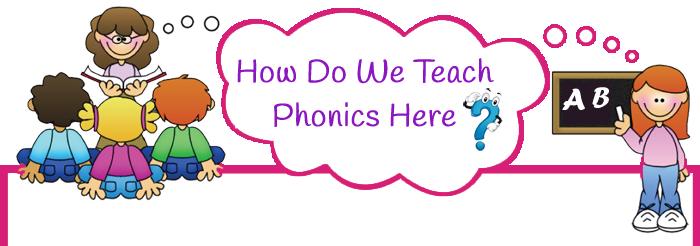
They are taught GPCs. This stands for grapheme phoneme correspondences. This simply means that they are taught all the phonemes in the English language and ways of writing them down.
Children are taught to be able to blend. This is when children say the sounds that make up a word and are able to merge the sounds together until they can hear what the word is. This skill is vital in learning to read- the sounds made by individual letter/phonemes(b, s , m) or letter groups (for example, the letter “c” makes a k sound), and teaching children how to merge/blend the separate sounds together to make it one word (for example, blending the sounds k, a, b makes CAB). This type of phonics teaching is often referred to as “synthetic phonics”
Children are also taught to segment. This is the opposite of blending. Children are able to say a word and then break it up into the phonemes that make it up. This skill is vital in being able to spell words.
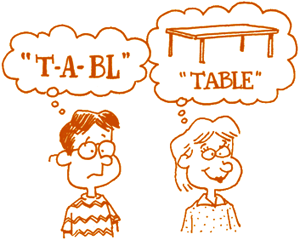
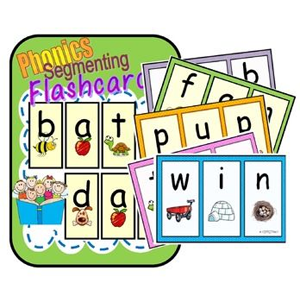
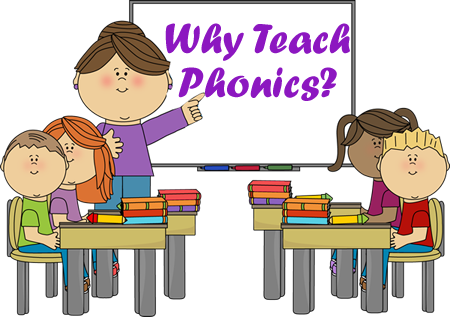
It is estimated that there are at least a half million words in the English language. So, we have a choice when it comes to teaching reading: emphasize memorization or teach Phonics!
When we emphasize memorization, we attempt to teach children to read by repeatedly exposing them to as many words as possible. ‘Seeing’ words becomes the means by which they learn the words. This ‘sight’ approach means that a child’s success will be largely due to his or her ability to memorize and recall words instantly.
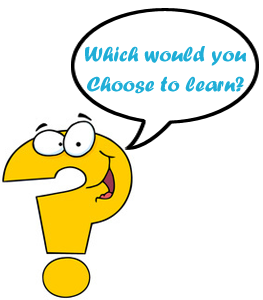
Memorize half a million words or learn phonics to read any word-whether known or not?
When we emphasize phonics, we provide a reading foundation for each child that is based on the letters and sounds of the alphabet. Once a child learns the 26 letters with their 44 sounds and 70 common spellings, they have the tools they need to read words-- any words -- whether they have ever seen them or not.
 Benefits Of Reading
Benefits Of ReadingExperts advise people, and most importantly students, to indulge in at least half an hour of reading a day to expose themselves to numerous styles of writing and to learn new vocabulary. An improved vocabulary is the most obvious outcome of a strongly established habit of reading because while reading books, especially challenging ones, you will find yourself exposed to many new words you wouldn’t be otherwise.” (Isaac).
When reading, “even when we may not understand every new word, we absorb something from the context that may deepen our understanding of it the next time the word is encountered.” (Freedman-De Vito).
Our brains work similar to a sponge, they soak up every bit of knowledge we encounter and store it for future use


Reading fiction books increase the creativity in the brain, especially at a young age. This is beneficial because creative people are able to solve business problems, write books and music, and create scientific advances that can aid humanity. Children’s literature author Conrad Bloomberg is a high believer that reading is vital for children to develop creativity and imagination.
With the aid of an increased vocabulary and imagination, a writer has a better chance at creating an acceptable, if not excellent, piece of written work. All successful writers will declare that in order to succeed as a writer, one needs to read, every day. The editor at Pickthebrain.com explains that “while reading, you unconsciously absorb the grammar and style of the author…. Great authors have a tendency to take over your mind.
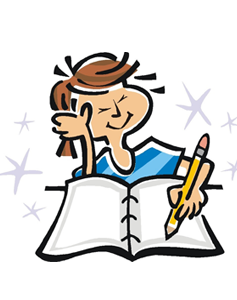

Memory and reading are in close interaction with one another, reading significantly helps improve memory at a young age in life and later on in one’s older years. Poor long-term memory can cause difficulties with reading or reading comprehension. Reading books helps you stretch your memory muscles…. because it requires you remembering details, facts and figures in literature, plot lines, themes, and characters.
It is recognized that those who take an active involvement in reading have “higher GPA’s, higher intelligence, and general knowledge than those who don’t.” (Stansberry).
Reading is an indulgence that enhances our knowledge by making us use our brain and causing us to think more and therefore enhancing our intelligence.
Readers improve their general knowledge, and more importantly are able to spot patterns quicker. If one can spot patterns at a faster rate, then analytical skills are enhanced by speed.

It is often best to start learning to read through phonics from preschool to 2nd grade or from about ages 3 to 8.
Research has shown that children who have not developed reading skills by second grade, will experience an overall delay in learning throughout their school life.
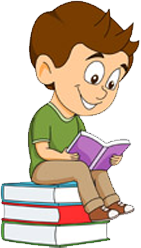 Curriculum
Curriculum
© 2017 All rights reserved | Design by Team Trivam